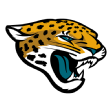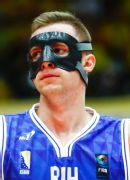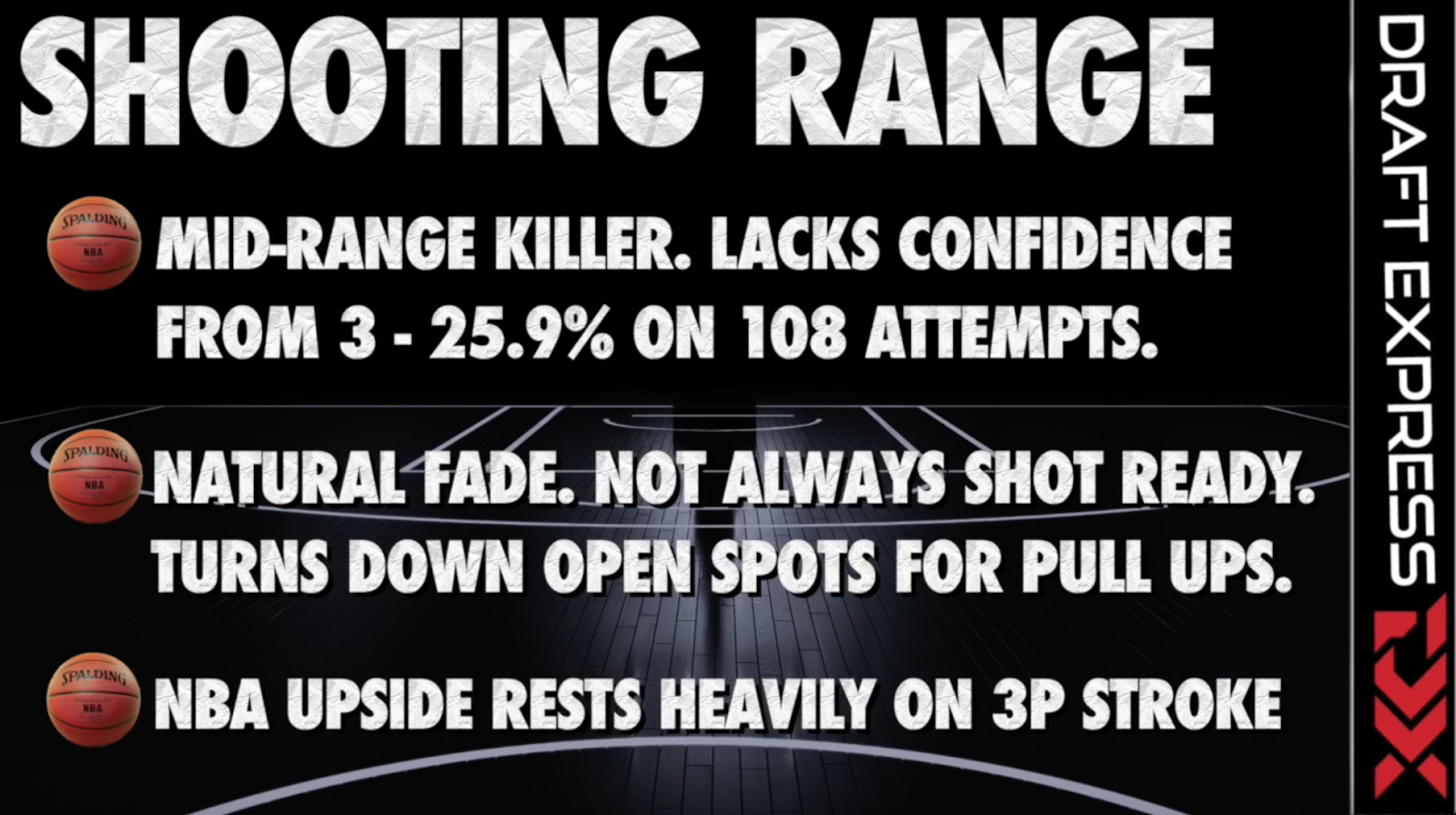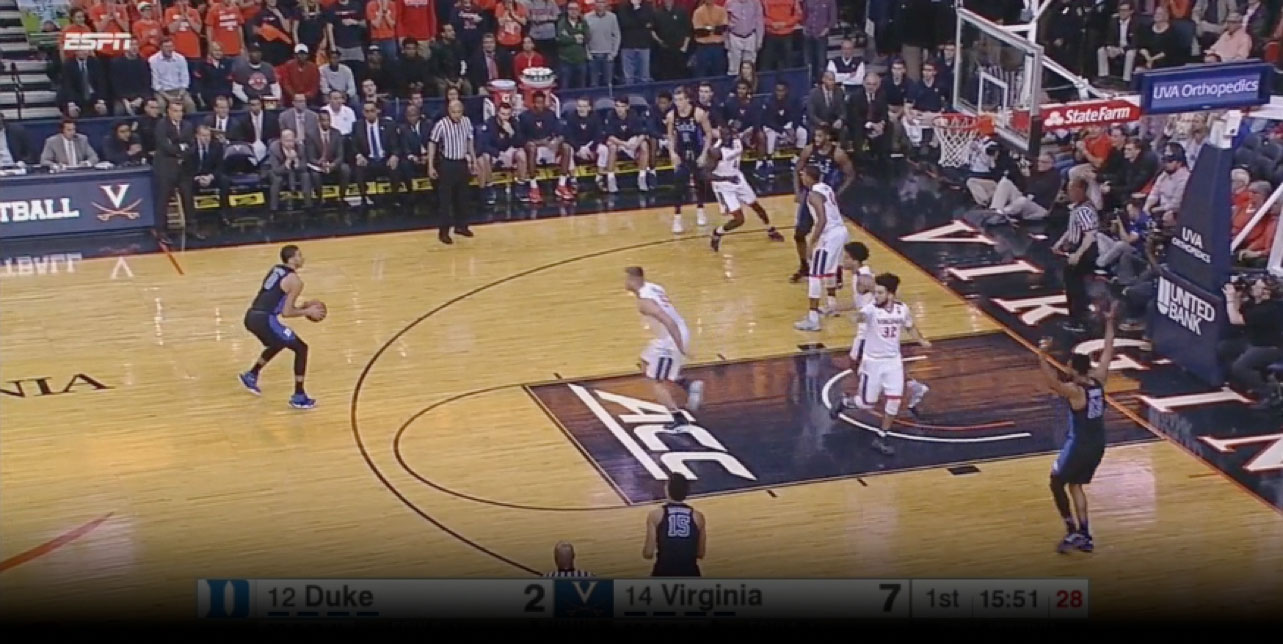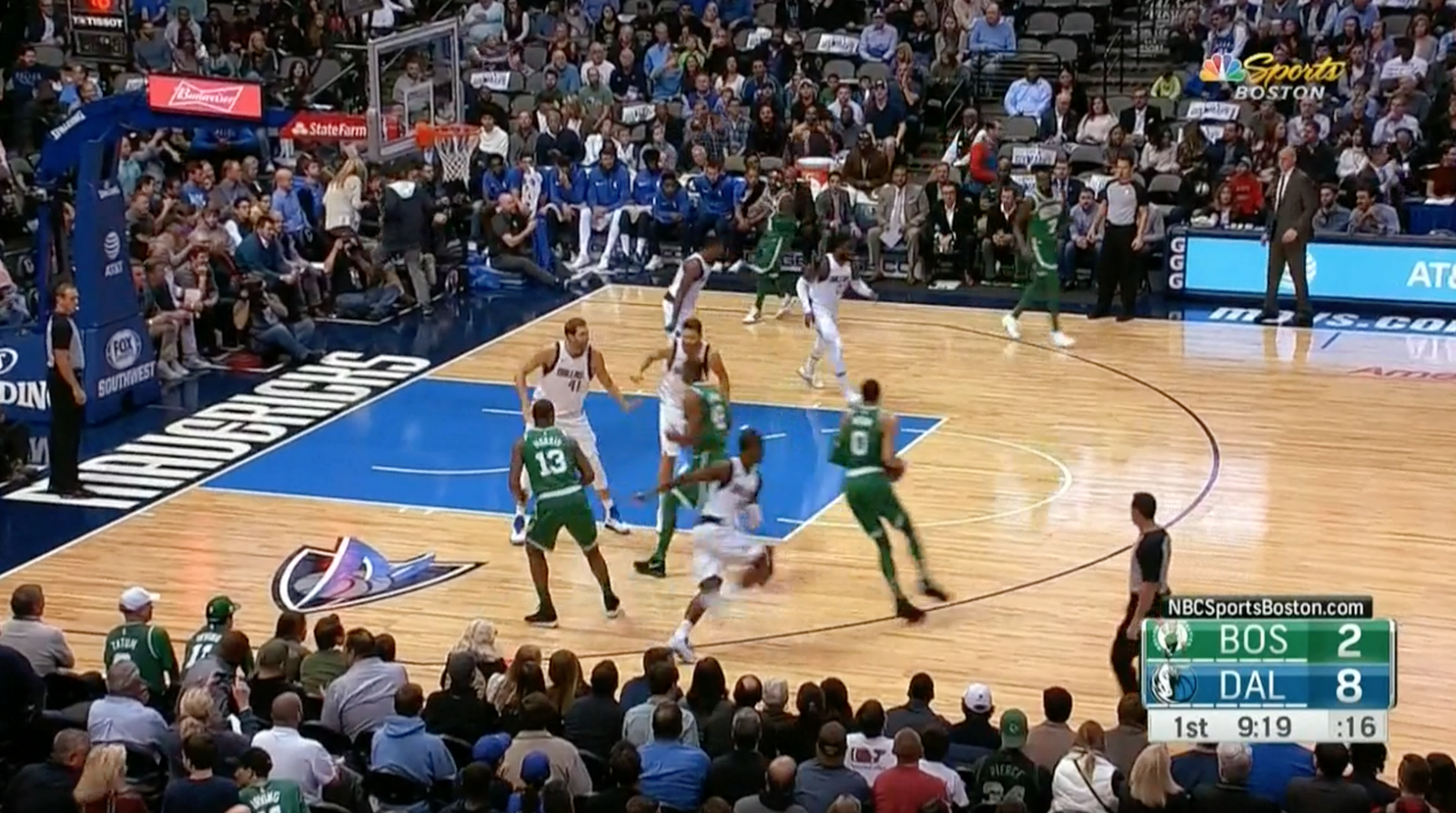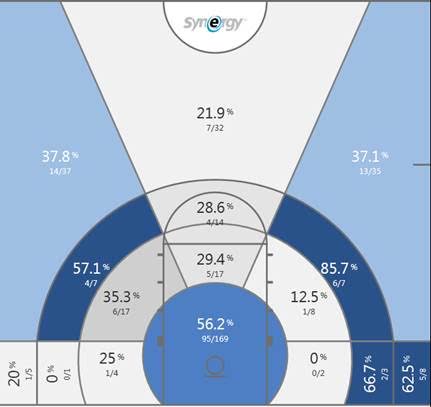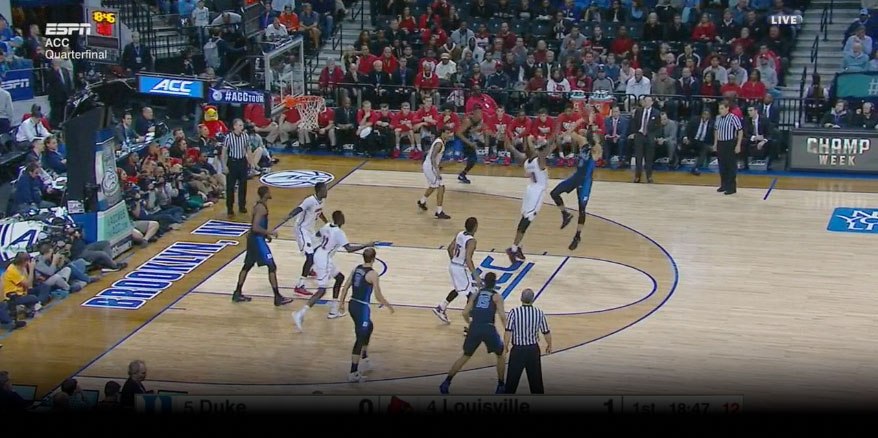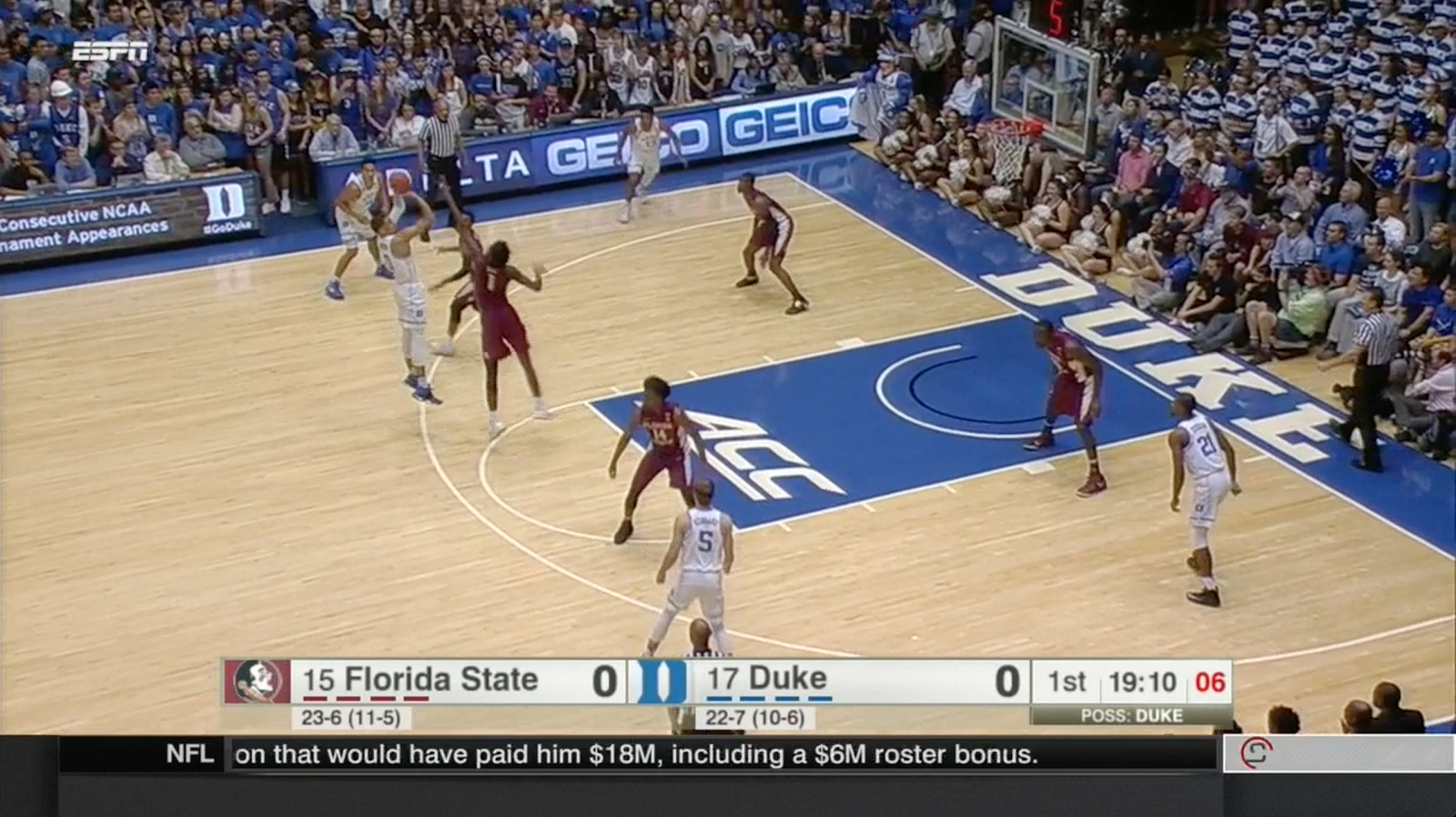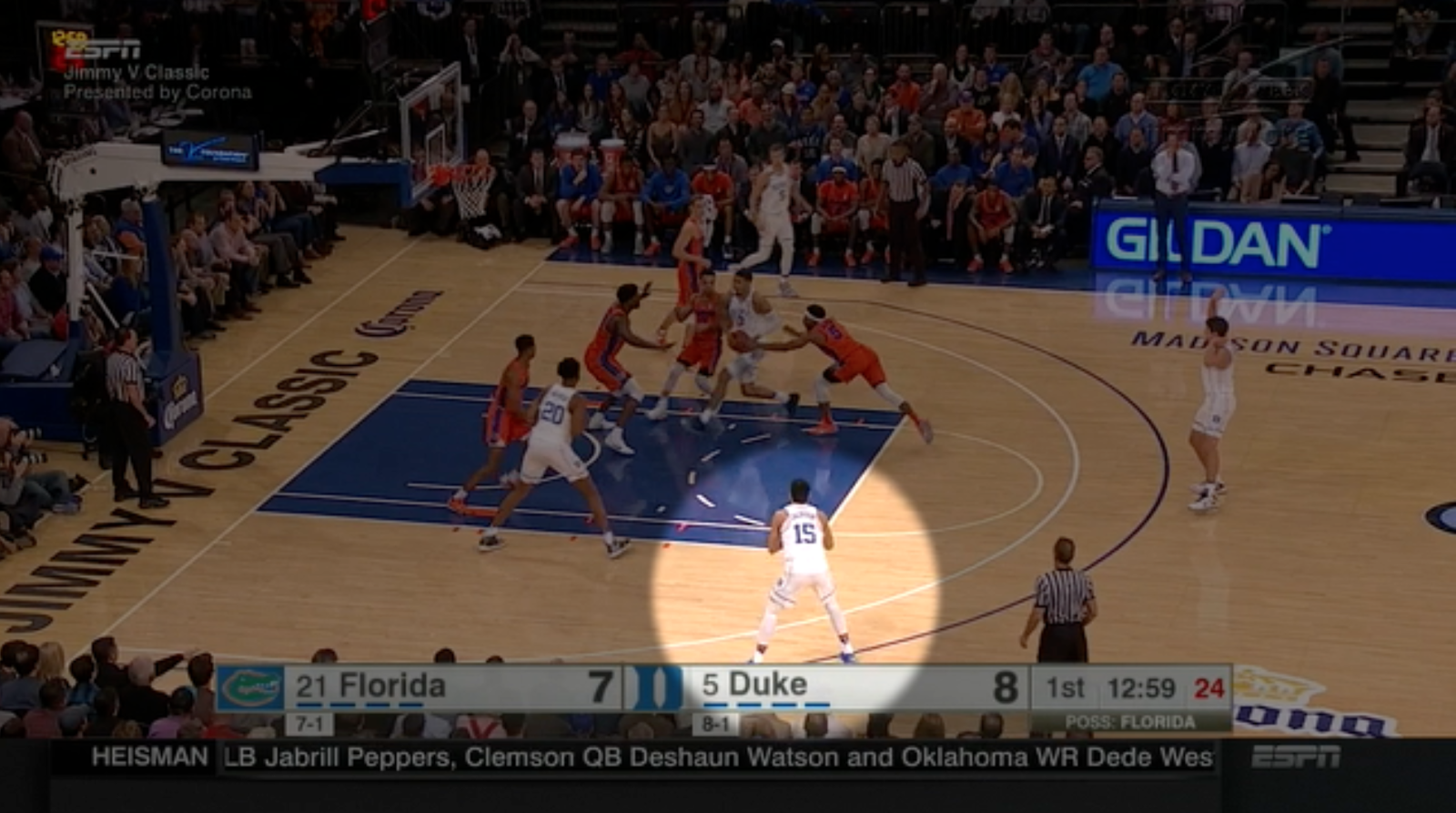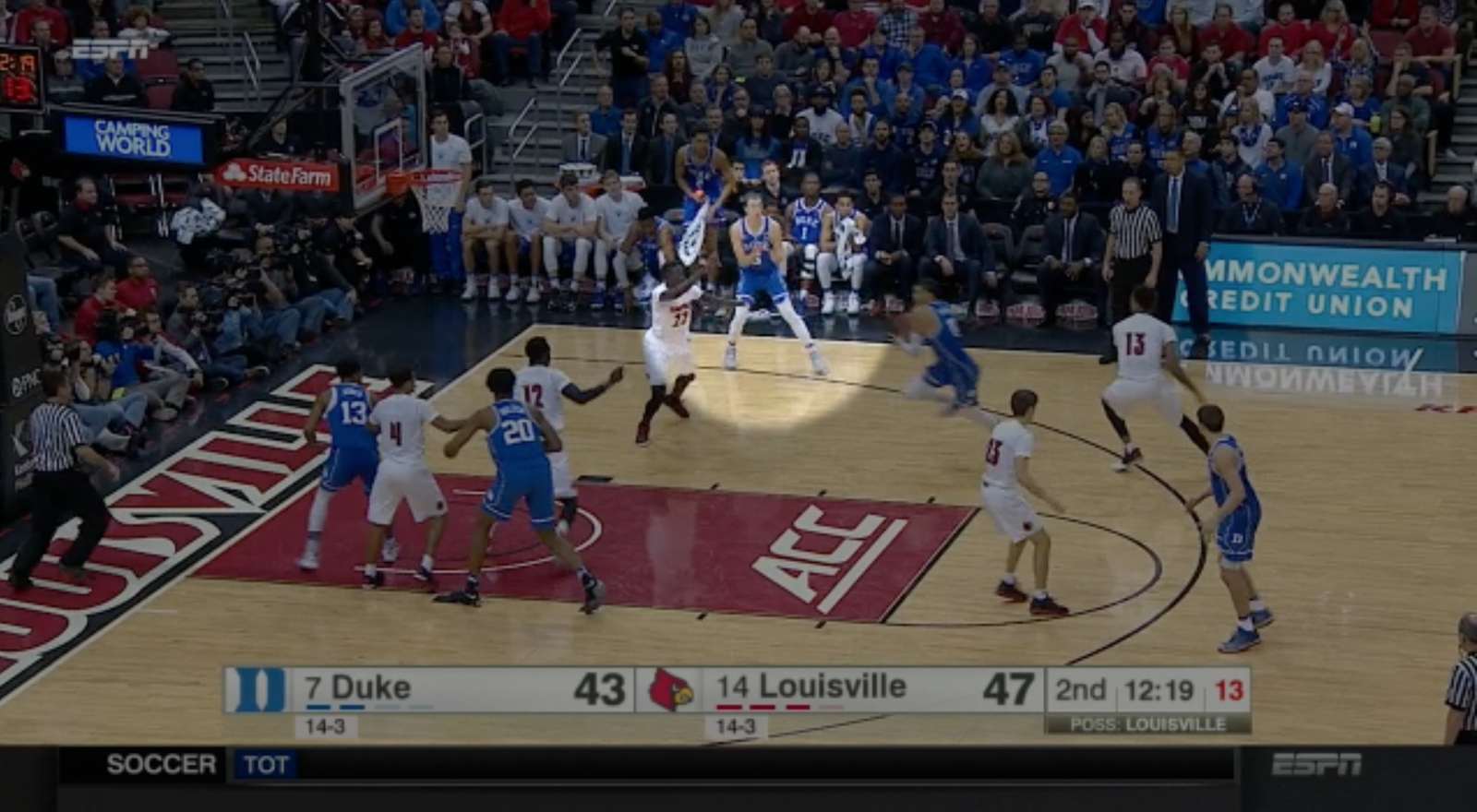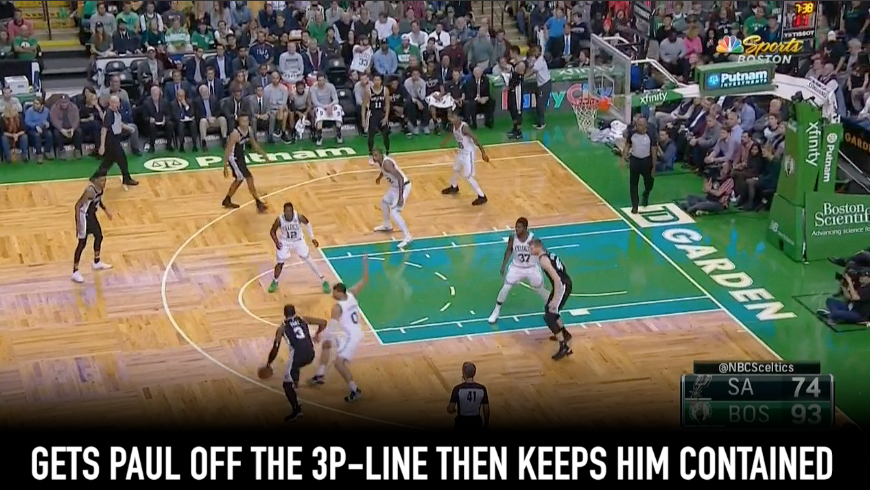Breaking down NBA moves and injuries, including Millsap's wrist
Here's our team-by-team analysis of the major and minor injuries and other moves from the past week.
All events listed alphabetically by team.
Brooklyn Nets

Announced point guard D'Angelo Russell underwent arthroscopic surgery on his left knee
Initially diagnosed with a knee contusion after coming down awkwardly on Nov. 11 in Utah, Russell apparently suffered a more serious injury that required arthroscopic knee surgery. While Brooklyn general manager Sean Marks told reporters that the plan is for Russell to return this season, it sounds as if he'll be sidelined an extended period.
Suddenly the Nets find themselves without either of the two point guards who began the season in the backcourt, having already lost Jeremy Lin to a ruptured patellar tendon in the season opener. Fortunately for Brooklyn, third point guard Spencer Dinwiddie has been terrific this season, averaging 17.3 points and 8.5 assists per 36 minutes. Per NBA.com/Stats, the Nets have outscored opponents by 4.1 points per 100 possessions with Dinwiddie on the court this season.
Brooklyn's issue in the short term, then, will be finding a backup to Dinwiddie. Second-year point guard Isaiah Whitehead rated 3.6 wins worse than replacement level as a rookie, the league's second-worst mark. Adding a player from the outside might be an option. Marks also told reporters the Nets would probably apply for a disabled player exception for Lin, which would give them $6 million to acquire a player in the final year of his contract or sign somebody to a one-year deal -- more purchasing power than the $3.4 million in cap space they could create by renouncing free agent Randy Foye.
Because Brooklyn has a full roster, adding a player would require waiving someone, probably either guard Sean Kilpatrick (who also is a backup point guard candidate but has fallen out of favor this season) or center Tyler Zeller.
Cleveland Cavaliers

Announced point guard Derrick Rose will miss at least two more weeks with a left ankle sprain and guard Iman Shumpert will miss the next five to seven days because of a left knee effusion
Having missed four games in October with an ankle sprain, Rose reinjured his left ankle on Nov. 7. He is now expected to be out through the end of the month. With Isaiah Thomas still sidelined by his hip injury -- though progressing in his rehab -- that leaves the Cavaliers with Jose Calderon as their only point guard. The loss of Shumpert, who has been playing the point for Cleveland, exacerbates that issue for the next few days.
Nonetheless, there's a case to be made that losing Rose and Shumpert will actually lead coach Tyronn Lue to use more effective lineups. Taking Rose and Shumpert off the court and moving LeBron James to the point means more minutes for the Cavaliers' superior wing options, and lo and behold, Cleveland has been at its best with James at point guard this season.
Denver Nuggets[/paste:font]

Power forward Paul Millsapunderwent surgery to repair a torn ligament in his left wrist
Millsap's departure in the second quarter of Sunday's loss to the Lakers was overshadowed by the ejection of teammate Nikola Jokic and coach Michael Malone, who was suspended for a game after bumping official Rodney Mott. Millsap's wrist injury will have much longer-reaching ramifications: After undergoing surgery Tuesday, he could miss three months, according to ESPN's Adrian Wojnarowski.
Despite some growing pains as the Nuggets figured out how to utilize Millsap and Jokic, both of whom are skilled facilitators for big men, the combination had been highly effective this season. Denver had outscored opponents by 9.7 points per 100 possessions when Jokic played with Millsap, per NBA.com/Stats. The combination of elite offense and solid defense the Nuggets were getting from the duo was exactly what they envisioned when they signed Millsap to a three-year, $91.5 million contract this summer in free agency.
The good news is Malone will have plenty of options for replacing Millsap because Denver loaded up on power forwards last summer, adding Trey Lyles and rookie Tyler Lydon as well as Millsap, while retaining incumbents Darrell Arthur, Kenneth Faried and Juancho Hernangomez. The Nuggets also like to use backup center Mason Plumlee alongside Millsap.
In Monday's win over Sacramento, with Wes Unseld Jr. filling in for Malone on the sidelines, Faried got the start with Lyles serving as backup power forward. Plumlee and Jokic played together only briefly, and Hernangomez played exclusively at small forward. (Arthur and Lydon, who made his NBA debut in garbage time, are both out of Malone's rotation.)
Giving Faried the first crack at replacing Millsap makes sense. While Malone has been reluctant to use Faried with Jokic, that combination was effective last season, posting a plus-10.9 net rating, slightly better than the Jokic-Millsap pairing has managed this season. Faried doesn't provide the same kind of spacing, but when he's engaged defensively he's a good partner for the less active Jokic.
This is a crucial opportunity for Lyles, who once looked like the Utah Jazz's power forward of the future but fell out of favor before being dealt to Denver so the Jazz could move up to draft Donovan Mitchell. Because of the Nuggets' crowded frontcourt depth chart, Lyles has played sparingly this season. This is his chance to establish himself as a credible backup to Millsap if the Nuggets are able to trade Faried, whose $13.8 million 2018-19 salary could be a problem for Denver.
The Nuggets have the depth to survive without Millsap, and it's helpful that the race for playoff spots in the Western Conference hasn't proven as heated as expected. At 10-7, Denver is 2 1/2 games up on the two teams (the Memphis Grizzlies and Oklahoma City Thunder) currently tied for the eighth spot in the West. While the Thunder will surely play better, if the Nuggets can merely go .500 without Millsap, they should be in position to solidify their playoff spot and worry about seeding once he returns in the late winter.
Memphis Grizzlies

Announced point guard Mike Conleywill be sidelined indefinitely with left Achilles soreness
Uh-oh. The Grizzlies' 7-4 start despite injuries to JaMychal Green, Ben McLemore and Wayne Selden made them one of the season's early surprises. Just as those players were returning to action, however, Conley was sidelined by Achilles soreness that has been an issue dating back to the end of the 2015-16 season.
A year ago, we fretted when Conley suffered fractured vertebrae, only to see Memphis to go 7-2 in his absence, piling up a series of close wins. This time around doesn't seem to be working out so well for the Grizzlies, who have lost their past two games without Conley, plus the other game he missed earlier this month. Although two of those three losses came by three points or fewer.
Without Conley alongside Marc Gasol, Memphis lacks the shot creation necessary to cover for the nonscorers in the starting five. Coach David Fizdale attempted to deal with that on Saturday by moving Chandler Parsons back into the starting lineup in place of James Ennis. Parsons (17 points on 7 of 9 shooting) played well, but the new second unit (minus Parsons and Mario Chalmers) flopped, and the Grizzlies shot 36.0 percent in a 22-point home loss to the Houston Rockets.
Now a game below .500 after the fast start, Memphis could lose ground in the playoff race during Conley's absence. From an individual standpoint, the time Conley misses will hurt his case to make his first All-Star Game. At 30, Conley is running out of chances to achieve that overdue honor.
Miami Heat

Announced forward Okaro Whiteunderwent surgery to repair a fractured fifth metatarsal
White fractured the fifth metatarsal in his left foot during practice last week, and after surgery, he's likely out at least the next couple of months. White joins Rodney McGruder (tibia) as Heat forwards who are out an extended period. For now, the Heat have enough depth to cover the injuries; White had played just 80 minutes, despite starting four games. Another injury at forward could become a problem, however.
New York Knicks

Waived forward Mindaugas Kuzminskas
Because Joakim Noah began the season suspended, the Knicks were able to keep 16 players, but his return forced them to trim their roster down to 15. With Jarrett Jack -- the only player on the roster whose salary is not guaranteed -- now starting at point guard, he wasn't an option for this cut. That left New York choosing between Ramon Sessions, who started the first three games at point guard but has played just nine minutes since, and Kuzminskas.
Apparently, the Knicks valued depth at point guard, where Jack and rookie Frank Ntilikinahave battled injuries in the past, because they chose to waive Kuzminskas, despite his larger $3 million salary. Kuzminskas is in the last year of his deal and had been playing sparingly, so there's little long-term cost. But ignoring position, he's probably a better NBA contributor at this point than Sessions.
The move really casts doubt on the contract New York handed out last summer to Ron Baker, who was expected to be part of the Knicks' point guard rotation but has played just 48 minutes all season. Remember that Baker got New York's valuable room midlevel exception, paying him $4.3 million this season with a player option for 2018-19. (I suspect he'll pick it up.) For the Knicks to get no production from that salary is painful.












